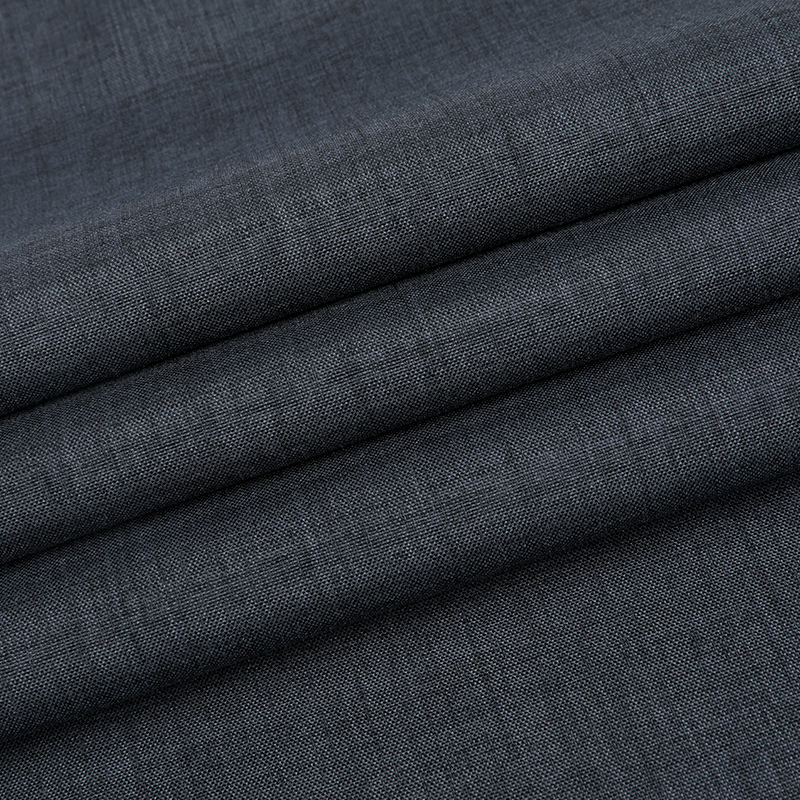If you are interested in some of our products, please feel free to visit our website or contact us for detailed information.

Imitation acetate fabric is a beautiful, silk-like textile that offers elegance, sophistication, and durability. It’s also very lightweight and lustrous. However, it can be challenging to work with, so you must follow the proper care instructions. Whether you’re making a dress, coat, or other garment, there are certain things to keep in mind when working with this delicate fabric.
Acetate is a semi-synthetic or chemical fiber, which means it’s made from cellulose and processed with chemicals. It’s also referred to as synthetic silk, and it’s often used in place of real silk in bridal gowns, linings, and other fashion items. This versatile fabric is available in a wide range of colors and designs, making it perfect for a variety of formal and casual apparel.
The acetate fabric manufacturing process begins with the acetylation of wood pulp cellulose. The resulting acetate flakes are then melted in a solvent and poured into a spinneret to create acetate filaments. The acetate filaments are then woven with cotton yarn or wool to produce acetate fabric. Woven acetate fabrics are commonly used in clothing linings, skirts, and dresses. They can also be used for T-shirts and some intimate garments.
Like many other textiles, acetate is tough to dye. However, it’s possible to find dyed acetate fabric, but it’s important to be careful when using it, as the color may bleed or fade if it comes into contact with other materials. Additionally, acetate is sensitive to heat and can melt if it’s exposed to high temperatures.
Despite its challenges, acetate is an excellent choice for many applications. It’s resistant to shrinking and is also water-resistant. It’s not as stretchy as polyester, but it can be used to make a variety of stylish clothes, including shirts and dresses. Acetate is a good choice for clothing linings, as it’s water-resistant and durable. It’s also a great choice for shirts and dresses, as it can be patterned with different colors and styles to create a unique look. It can also be embroidered to add an extra touch of style.
Unlike other fabrics, acetate can be difficult to sew, especially since it’s so delicate. However, with the right techniques, acetate is an easy fabric to work with. Always use sharp fabric scissors and a rotary cutter to ensure clean, precise cuts. It’s also a good idea to use pattern weights and pins to prevent the fabric from shifting during sewing. Additionally, be sure to use a low heat setting on your iron and to protect it with a pressing cloth or a piece of clean white fabric. Finally, use a narrow zigzag stitch or a fabric fray stopper on raw edges to minimize risk of damage. Lastly, always test seam finishes on a scrap piece of fabric before applying them to your finished garment. The right seam finish will prevent your acetate garment from becoming damaged and will help it stay in pristine condition for as long as possible.


 English
English 中文简体
中文简体 Español
Español Français
Français italiano
italiano








